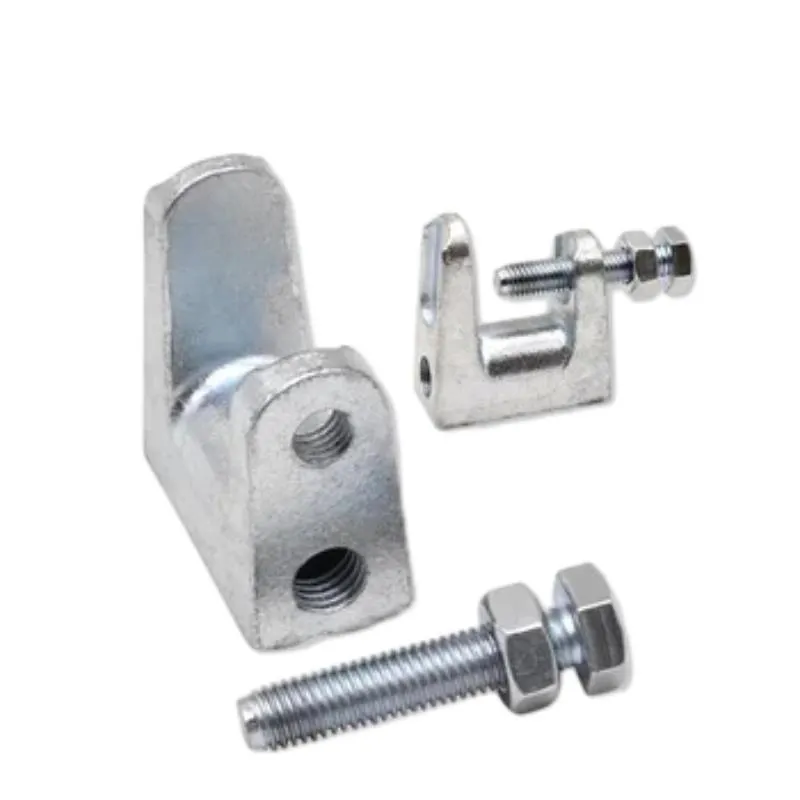Dec . 25, 2024 01:40 Back to list
wedge anchor brick
The Wedge Anchor A Key Component for Secure Brick Construction
In the world of construction, ensuring the stability and security of structures is paramount. Among the various tools and methods used to achieve this, the wedge anchor stands out as an essential component, particularly in brick applications. This article explores the characteristics, advantages, and proper usage of wedge anchors in brick construction, shedding light on why they are favored by many builders.
What is a Wedge Anchor?
A wedge anchor is a type of fastener designed for use in concrete, brick, and other masonry applications. It typically consists of a bolt, a wedge-shaped clip, and a nut. The unique design allows the anchor to expand when the bolt is tightened, creating a secure hold within the material. This expansion mechanism ensures that the anchor can resist both axial and lateral forces, making it ideal for applications where stability is crucial.
Advantages of Wedge Anchors
1. Strength and Load-Bearing Capacity Wedge anchors are known for their impressive load-bearing capabilities. They can support significant weight, which makes them suitable for heavy-duty applications in brick construction, such as securing shelves, brackets, or structural supports.
2. Versatility These anchors can be used in various materials, including solid brick and concrete. Their versatility allows builders to rely on one type of anchor for different applications, simplifying inventory and reducing costs.
3. Ease of Installation Wedge anchors are relatively easy to install. With the right tools, such as a hammer drill and a wrench, they can be quickly set into place, making them a time-efficient choice for contractors.
4. Resistance to Environmental Factors Many wedge anchors come with corrosion-resistant coatings, making them suitable for outdoor and humid environments. This durability ensures that the anchors maintain their holding power over time, even when exposed to adverse weather conditions.
wedge anchor brick

Proper Usage in Brick Construction
To effectively use wedge anchors in brick construction, it is essential to follow specific guidelines to maximize their performance and ensure structural integrity.
1. Selecting the Right Size Choosing the correct size of the wedge anchor is crucial. Factors to consider include the thickness of the brick, the load requirements, and the type of application. Using an anchor that is too small can compromise its effectiveness, while one that is too large may cause damage to the brick.
2. Pre-drilling Holes Before installation, it is necessary to pre-drill holes in the brick where the anchors will be placed. The diameter of the hole should match the specifications of the anchor. Proper drilling ensures that the anchor fits snugly and expands as intended when tightened.
3. Insertion Depth The anchor must be inserted to the proper depth to achieve the desired holding power. Installing it too shallow can lead to failure under load, while going too deep may not yield any significant benefit.
4. Tightening After placing the anchor into the pre-drilled hole, it is essential to tighten the nut to secure the anchor adequately. Care should be taken not to overtighten, as this can damage the brick or compromise the integrity of the anchor.
5. Inspecting Installation Once the anchors are in place, it is vital to inspect them to ensure they are secure. Checking their alignment and tightness aids in identifying any potential issues before they become significant problems.
Conclusion
Wedge anchors play a vital role in brick construction, offering exceptional strength, versatility, and ease of use. Their ability to provide a secure hold in challenging environments makes them a preferred choice among builders and contractors. By following proper installation techniques, one can maximize the benefits of wedge anchors and ensure the longevity and stability of any brick structure. As construction continues to evolve, the importance of reliable fasteners like wedge anchors cannot be overstated, reinforcing their place in modern building practices.


